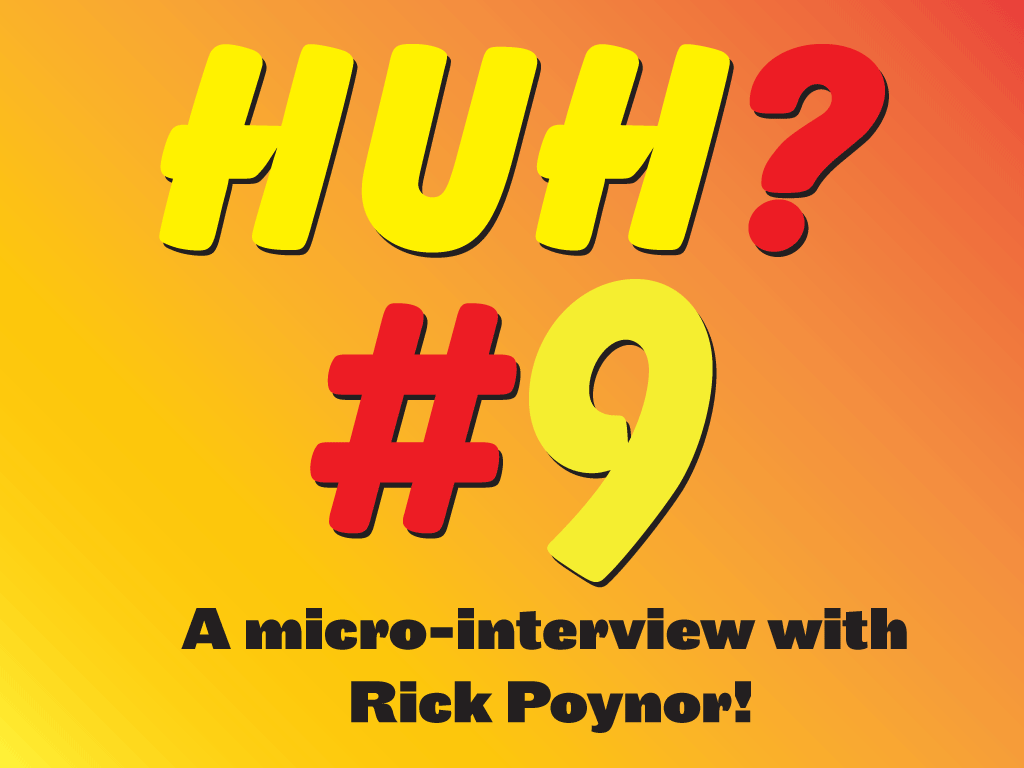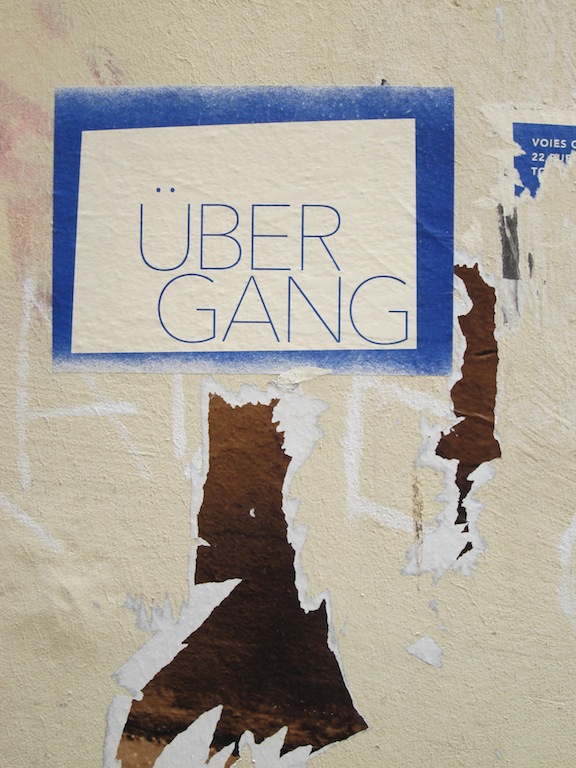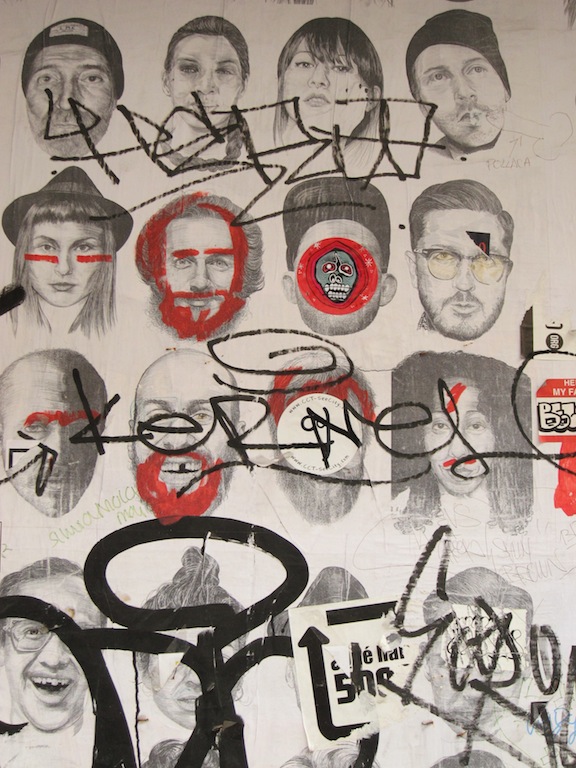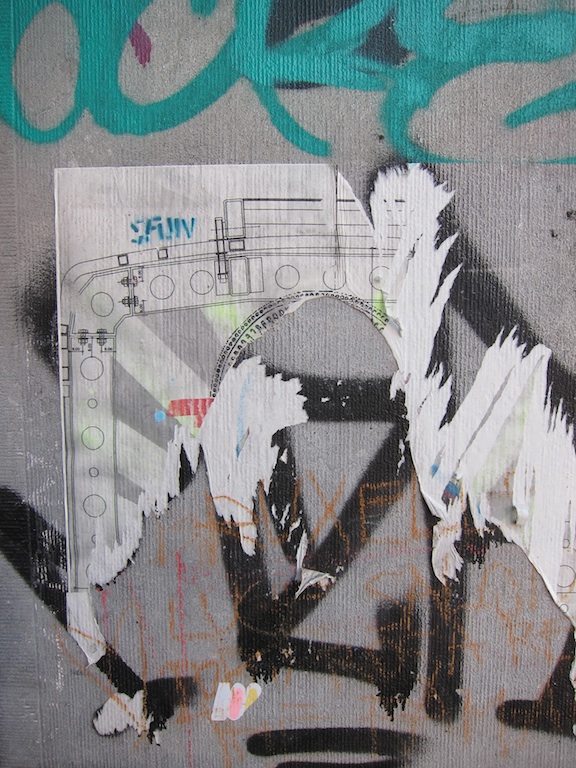VCFA Chair Ian Lynam sits down for a chat with one of his favorite design writers Rick Poynor. Within, they chat about where design writing, photography, and speculative futures.
Rick Poynor is a writer, critic, lecturer and curator, specialising in design, media, photography and visual culture. He founded Eye, co-founded Design Observer, and contributes columns to Eye and Print. His latest book is Sergei Sviatchenko: Collages (2014)
1. Where do you see the state of graphic design writing and graphic design criticism at in the present moment?
I suppose it’s ticking over. There will always be a few good writers around. But I don’t think it’s going anywhere right now. A couple of years ago, for a conference talk, I asked around 50 people with a stake in thinking and writing about graphic design what they thought was happening in criticism. I hoped I was missing something. But their replies were pretty gloomy in the main. Graphic design as a discipline has an inbuilt problem. Designers are skilful communicators and promoters and they love to promote and celebrate themselves – all those conferences and awards. Everyone can now broadcast their brilliance online and on social media, in a huge swell of gush. Our grasp of history’s complexity is in steep decline. These trends make it very difficult to build an audience for a critical platform from which we look at graphic design and assess it with more detachment. I tried to do this for a while, as a non-designer, by starting Eye magazine and in other ways, but there aren’t enough of us to swing it round, and the gush remains the prevailing way of dealing with the field. It will only happen if and when a new generation of committed writers, critics and editors, equipped with platforms to publish adventurous thinking, fire up the critical writing scene.
2. A number of different individuals in different fields are making the claim that we are in a new era of cultural production—some say Metamodernity, others Post-Critical, others Post-Post-Critical, while others claim that we are still in the throes of Modernity or Postmodernity. I am curious where you, an individual who has been writing about graphic design for decades, might demarcate the territory that we involved in graphic design as a sector of cultural production are in presently.
If the 1980s and 1990s were postmodern, then I find it hard not to see the current moment as an intensification through spectacular digital technology of that cultural condition, rather than a change to something markedly different. We could say, following on my previous answer, that the mood in graphic design is post-critical, except that even post-criticality, as discussed in relation to architecture, was some sort of intellectual position. For many graphic designers, the “not caring much about criticism” stance is more a tacitly held set of assumptions or restraints than a conscious decision to reject the imperative of resistance and critique leading to change, which criticism historically embodied. In truth, though, while these issues did preoccupy me as an editor and writer for a long time, I don’t spend so much time mulling them over now in relation to graphic design. My interests have moved on.
3. If you were legally forced to no longer work at the cross-section of culture and aesthetics today, what would you do? (Let’s say that retirement is not an option and it’s a decision that you would take up willingly, or at least not utterly begrudgingly, in this wildly speculative, though vaguely dubious scenario.)
That scenario is unthinkable for me. I wanted to deal with culture and aesthetics from the age of 14. It’s been my life and I’m not qualified to do anything else. I can tell you some other fields that appeal to me, though I couldn’t start in them now: zoology, forensic science, and engineering. Within the arts, I can see the attraction of being a full-time curator in a museum, working in a picture library, and being a film editor. I love music and envy musicians. Literary translation has always fascinated me.
4. On the opposite end of the spectrum, what is something you have not done in your career-to-date and stands as a dream project or projects?
Perhaps write a book that doesn’t have anything whatsoever to do with visual culture. Or, if I could find the right collaborators, make a documentary film.
5. Certain topics recur in your writing, e.g., JG Ballard, Surrealism, photography, and Postmodernism. Are there any beloved topics that you secretly harbor and have not been able to write on?
Writing about postmodernism in design was an earlier phase, from the late 1980s to 2003. Photography emerged as an occasional subject in the late 1990s, though my interest in its history goes back to my school days. Lately, I have stepped it up because it engages me more than design now. In the last decade, since No More Rules and my “Communicate” exhibition, I have gone back to writing more widely about visual culture, which is how I started at Blueprint magazine in the 1980s. Ballard and Surrealism have been related obsessions since my teens and I decided to let these concerns surface in my work. So I’m actually writing now about the kinds of topic I “secretly harbored”. I have done some writing about museums at Design Observer in the past four years, and will probably do more. I get a lot of satisfaction from writing about places and I intend to pursue this in tandem with my own photography. It’s another way of bringing words and pictures together, which is what I’ve been doing all along.
Thanks so much, Rick!
Stay tuned for the next installment of “Huh?”, coming soon!jordan release date | 『アディダス』に分類された記事一覧







